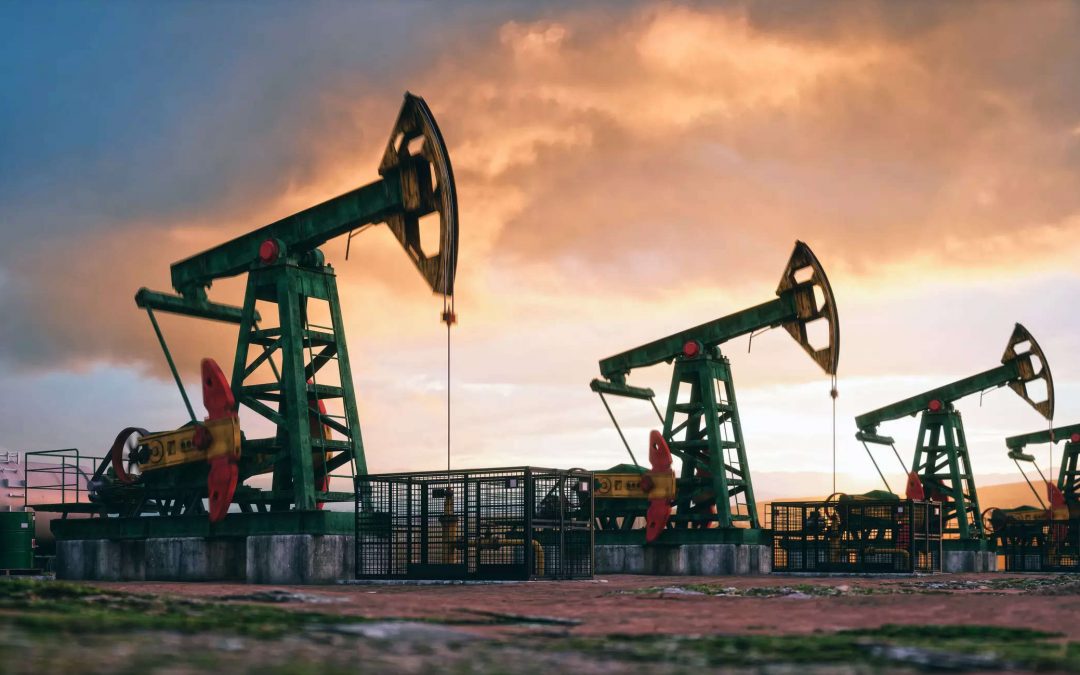India’s crude supplies from Russia could face some challenges due to higher shipping costs from a new set of sanctions aimed at Moscow, but the country’s crude diversification strategy will effectively address any supply gaps, keeping refiners well-supplied, the head of the Federation of Indian Petroleum Industry told S&P Global Commodity Insights.
Speaking on the sidelines of the India Energy Week, FIPI’s Director General Gurmeet Singh said that there was no disruption to the ships that were already in transit, but India had worked out its alternative strategy to seek replacement barrels from other supplying regions, depending on how the geopolitical situation might evolve.
“The sanctions could result in higher costs of the landed crude oil for Indian refiners. Unless there is any shift in the stance of the US government following the power transition, a reduction of crude volume from Russia would mean the need for replacement barrels from other regions, including the Middle East, Africa, and the United States,” Singh said in an interview.
The US and the UK announced a fresh package of sanctions on Russia’s energy sector Jan. 10, including curbs on two major Russian oil producers, doubling down on a recent push to hit Moscow’s oil revenues being sustained by a shadow tanker fleet.
The sanctions tightened curbs against Gazprom Neft and Surgutneftegas and added more than 180 ships, dozens of oil traders, oilfield service providers, tanker owners and managers, insurance companies, and energy officials to a blacklist, the US Treasury said in a statement.
Around 95% of newly sanctioned ships loaded crude oil and refined products from Russia, while some of the remaining sanctioned ships loaded oil from Iraq and Iran. The total transported volumes were 1.8 million b/d of crude oil and refined products in 2024. Of that,1.5 million b/d of Russia-origin crude shipped on the newly sanctioned ships to China and India, with about 900,000 b/d going to China and about 450,000 b/d to India, according to data from S&P Global Commodities at Sea(opens in a new tab).
Alternative supplies
“India’s crude oil imports from Middle Eastern suppliers, including Iraq and Saudi Arabia, could rise in the coming months as further sanctions are imposed on Russia. It is also expected that imports from the US could also go up,” Singh added.
Russian imports accounted for about 35% of India’s total crude requirements in 2024, which was nearly 4.9 million b/d until the end of December, data from CAS showed. While India continued to buy relatively smaller volumes from regions like Latin America and Africa, the Middle East and Russia together accounted for nearly 80% of India’s crude imports, according to Commodity Insights data.
On the demand outlook, Singh said over 2024 and 2025, India is expected to account for 25% of global oil consumption growth, bolstered by strong air travel demand and healthy road mobility, including on-road diesel and trucking, as well as healthy industrial, construction and agricultural activities. India’s economy is projected to grow at a rate of 6.6% in 2025, maintaining its position as a major driver of global growth at a time when the overall world economy is projected to remain relatively stagnant.
“As per the consumer preference seen in the recent past, demand for gasoline-driven cars is expected to be robust. Growth in the aviation sector points to increased leisure travel in India and is expected to continue the momentum. Further, with the government’s push, demand for LPG will remain robust,” Singh added.
India’s oil products demand grew by nearly 4% year over year to 240 million mt, or 4.82 million b/d, in 2024, data from the Petroleum Planning and Analysis Cell of the oil ministry showed. According to Commodity Insights, India will be one of the leading drivers of future oil demand growth. In 2025, the country is forecast to deliver relatively faster growth in oil demand of 3.2%, compared with China’s 1.7%.
Refining and petrochemicals
Singh said that India’s refining sector has expanded exponentially, transforming it from a deficit position in 2001 to becoming a global refining hub. This has helped India become not only self-sufficient in refining but also a major exporter of petroleum products.
India’s refining capacity now stands at 256.8 million mt, making it the fourth-largest nation after the US, China, and Russia. And in line with India’s strategic energy goals, efforts are underway to expand the refining capacity to 310 million mt by 2030, Singh said.
Commodity Insights estimates that by 2028, close to 58% of the refinery capacity increase would come from brownfield expansions, while the remaining growth will come from greenfield projects.
“To widen the product slate, expanding petrochemical intensity is the top priority for Indian refiners,” Singh said, and reiterated Petroleum Minister Hardeep Puri’s statement that India’s petrochemical sector is projected to attract investments exceeding $87 billion over the next decade, representing over 10% of global petrochemical growth.
“The significance of the petrochemicals business is growing as they cater across several sectors via agriculture, automotive, packaging, construction, manufacturing, and many more,” Singh said.
Singha added that the government had rolled out various initiatives, including allowing 100% foreign direct investment through automatic routes and establishing Petroleum, Chemicals and Petrochemicals Investment Regions (PCPIRs).
“With evolving customer needs, the refining companies in India are strategically integrating the value chains and expanding product portfolios to include acrylates, specialty polymers, among others,” Singh said.
“With per capita consumption of petrochemicals at 10-12 kg in India, compared with the world average of 33-35 kg, it is imperative for Indian refiners to focus on increasing the petrochemical intensity of their refineries as a strategic step towards meeting increasing petrochemicals demand as well as to align with the global trend to be prepared for post-peak oil demand period,” he added.
Singh said that as energy consumption expands and the country progresses towards energy transition, the oil and gas industry will remain a vital part of the global energy mix by adopting and positioning itself to provide low-carbon energy products to consumers around the world.
Source: Platts





